Top Things to Know Before Buying a Hydroponic Vegetable Garden
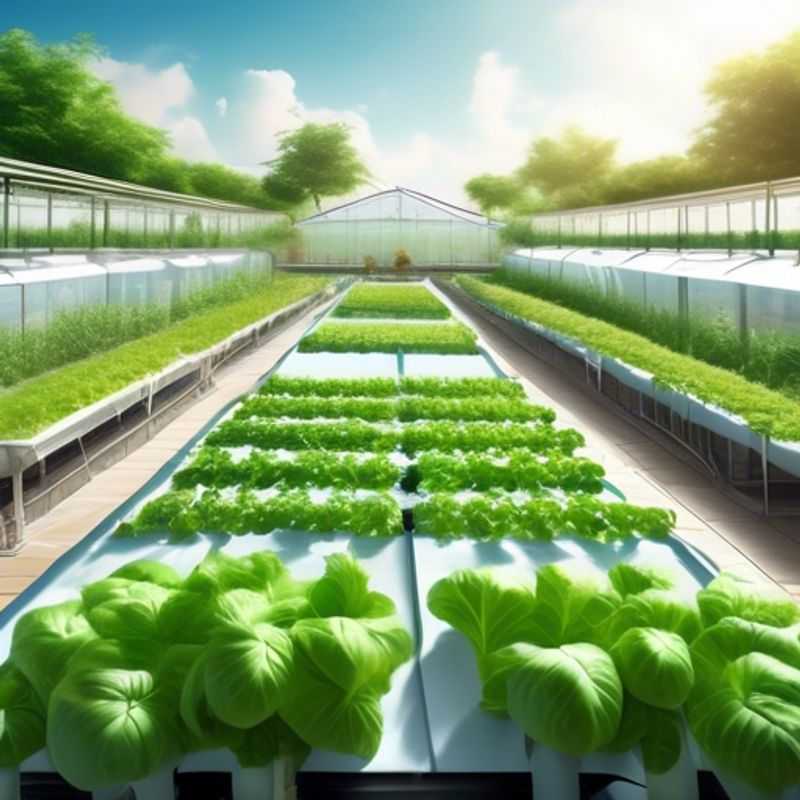
Top Things to Know Before Buying a Hydroponic Vegetable Garden: A Deep Dive for the Curious Gardener
Ah, hydroponics! It's a fascinating way to grow plants without soil, tapping into the wonders of water and nutrients. If you're considering embarking on this exciting journey, there are a few essential things to know before diving in.
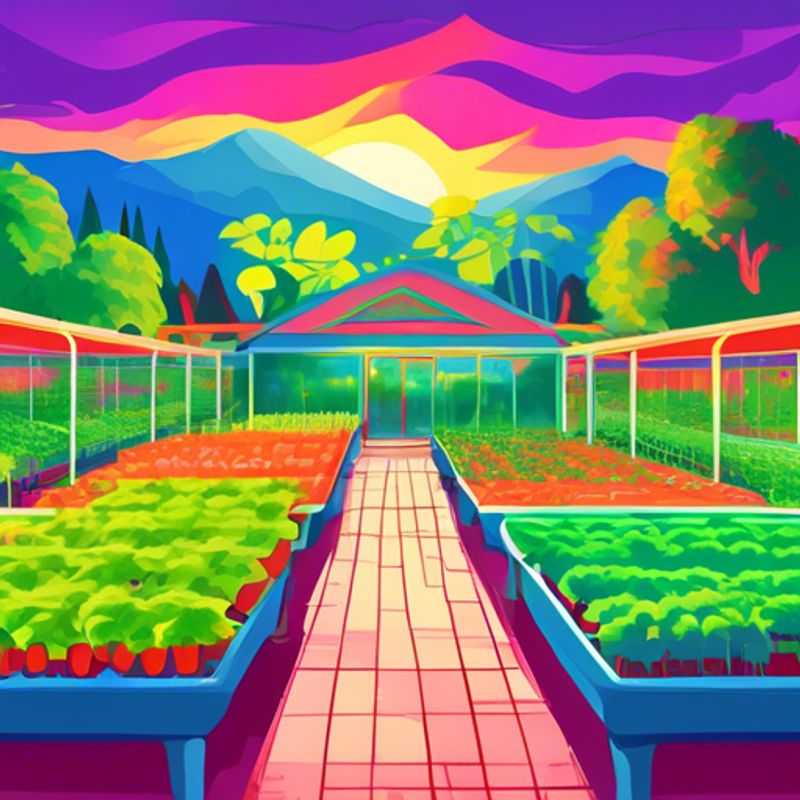
Hydroponic Systems: A Deep Dive into the Different Types and Their Requirements
Hydroponics offers a unique way to grow plants without soil. It allows for greater control over the environment, nutrient delivery, and growth. There are various hydroponic systems catering to diverse needs, each with specific requirements. Here's a brief overview:
Deep Water Culture (DWC): This simple system uses a large container filled with nutrient solution, where plants are anchored in net pots suspended above the water. Oxygenation is crucial for root health. The system is ideal for beginners, but requires constant monitoring of water levels and nutrient concentration.
Nutrient Film Technique (NFT): This method uses a thin film of nutrient solution flowing continuously over the plant roots. The roots are exposed to a constant flow of oxygenated water, promoting rapid growth. It's relatively efficient but requires a pump and careful monitoring of nutrient levels.
Ebb and Flow (Flood and Drain): This system periodically floods the growing medium with nutrient solution before draining it. It offers greater flexibility in plant types and is suitable for both beginners and experienced growers. It's important to ensure proper drainage and adequate aeration.
Drip Irrigation: This system delivers nutrient solution directly to the plant roots via drippers. It's highly efficient in water usage, minimizes nutrient runoff, and provides controlled fertilization. It's more complex than other systems, requiring specialized equipment and maintenance.
Aeroponics: This system suspends plants in the air with their roots exposed to nutrient-rich mist. It's highly efficient and produces rapid growth, but requires careful monitoring of the misting system and nutrient levels. It's more demanding for beginners.
Wick System: This passive system uses a wick to draw nutrient solution up to the plant roots. It's simple and low-maintenance but less efficient than other systems, and might not be suitable for large plants.
The choice of system depends on factors such as the type of plants, space available, budget, and personal preferences. Researching the specific requirements of your plants and the limitations of each system is crucial before making a decision.
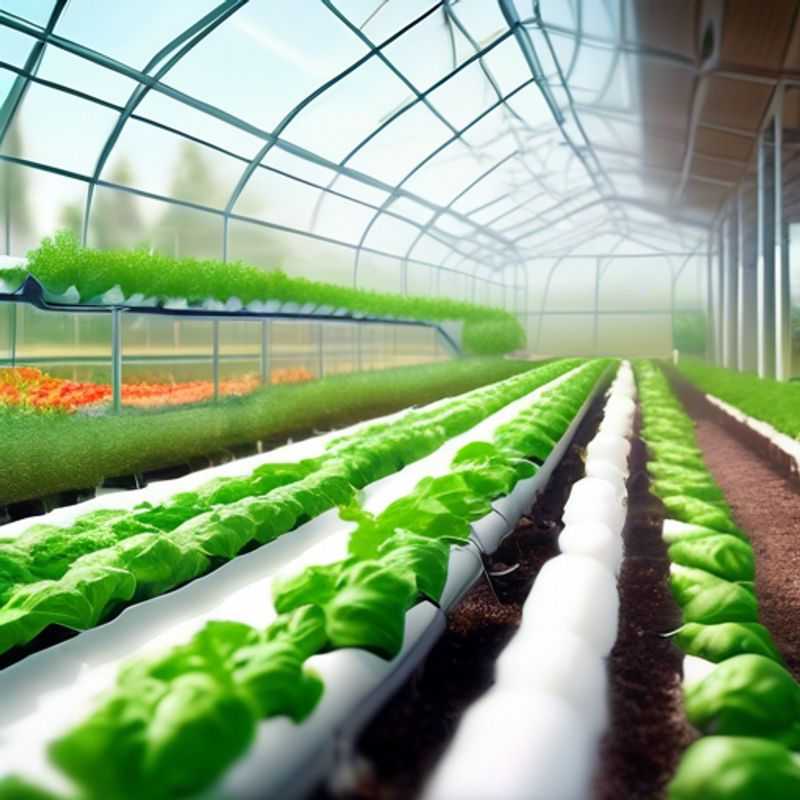
Hydroponic Heroes: Unveiling the Vegetables that Thrive in Water
Hydroponics offers a unique and efficient method for growing vegetables, allowing for optimized conditions and resource management. The key is to identify which vegetables thrive in this environment. Lettuces, spinach, kale, and other leafy greens are excellent candidates for hydroponic systems, as they readily absorb nutrients from the water-based solution. Tomatoes are another popular choice, with their high yields and adaptability to controlled environments. Cucumbers and peppers also perform well, benefiting from the consistent moisture and nutrient delivery. Herbs, such as basil, mint, and parsley, flourish in hydroponic setups, making them ideal for indoor gardens. When researching specific vegetables, consider factors like their growth rate, water requirements, and susceptibility to pests and diseases.
To ensure successful hydroponic cultivation, research the specific nutrient solutions and environmental conditions needed for each vegetable. Monitor the pH and nutrient levels of the water solution to ensure optimal growth. Proper lighting is crucial, especially for leafy greens, as they require sufficient light for photosynthesis. Ventilation and temperature control are also essential for maintaining a healthy and productive hydroponic environment.
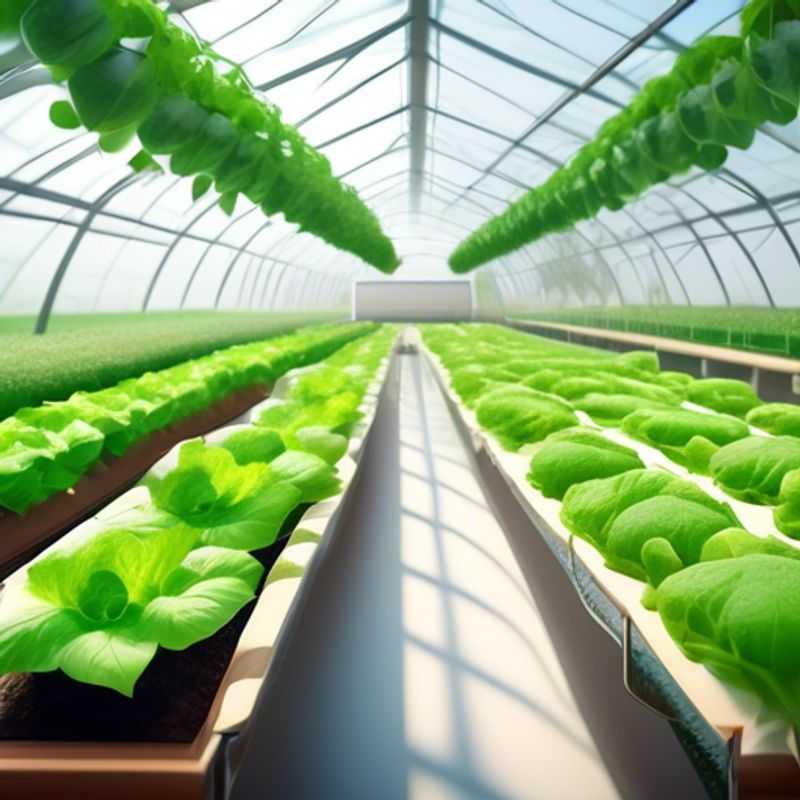
Growing Green: Designing Your Hydroponic Garden for Optimal Space and Lighting
Setting up a hydroponic garden requires careful consideration of space and lighting needs. The size of your garden depends on the type and number of plants you wish to grow. Choose a location with ample space for your setup, including the grow lights, nutrient solution reservoir, and the system itself.
Lighting is crucial for plant growth in hydroponics, as the plants are not receiving sunlight directly. Invest in high-quality grow lights that provide the correct spectrum and intensity for your plants. LED grow lights are popular due to their energy efficiency and long lifespan. Calculate the total wattage needed for your lights based on the size and type of plants you are growing.
Ensure that the lighting setup allows for proper ventilation to prevent overheating. You can consider investing in a grow tent, which provides a controlled environment with adjustable lighting and ventilation. You can also opt for a dedicated hydroponic grow system, often referred to as 'vertical farming', which incorporates lighting systems and water circulation in a space-saving and efficient manner.
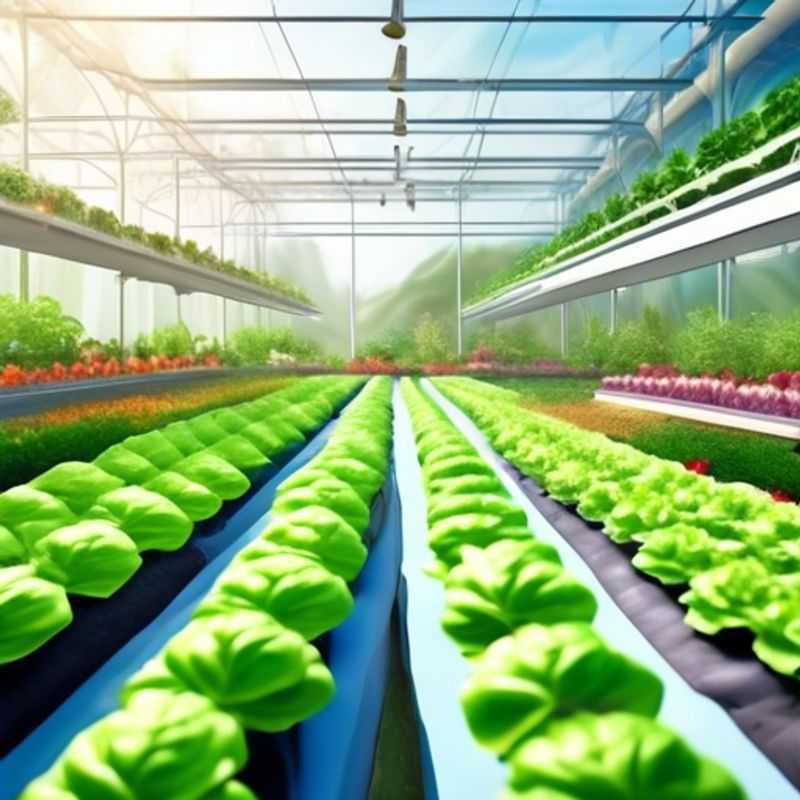
Unlocking the Secrets of pH: Why It Matters for Your Nutrient Solutions
Imagine your plants as picky eaters, each demanding their own specific "dining experience." That's where pH levels come in. This number, measured on a scale of 0 to 14, tells you how acidic or alkaline your nutrient solution is. Think of it like the flavor of a dish: too acidic, and your plants might not enjoy the meal. Too alkaline, and they might not be able to absorb the nutrients they need to thrive.
Nutrient solutions are like carefully curated meals for your plants, containing essential vitamins and minerals. But for these nutrients to be properly absorbed, the pH level needs to be just right. A pH level between 5.5 and 6.5 is generally considered ideal for most plants, as it allows them to effectively take up nutrients like nitrogen, phosphorus, and potassium.
Keeping a close eye on your pH levels is crucial for your plants' health. Too acidic a solution can lead to nutrient lockout, meaning the plants can't absorb the nutrients they need. A too-alkaline solution can create toxic conditions for the roots. Both scenarios can lead to stunted growth, discoloration, and even death.
To check the pH of your nutrient solution, you can use a pH meter. These meters are readily available and relatively inexpensive, and they provide accurate readings in just a few seconds. If your pH level is off, you can adjust it using pH-up or pH-down solutions, available at most hydroponics or gardening stores.
Understanding pH levels and nutrient solutions is crucial for any gardener, regardless of experience level. By providing your plants with the right "dining experience," you can ensure they grow strong and healthy, rewarding you with bountiful harvests.
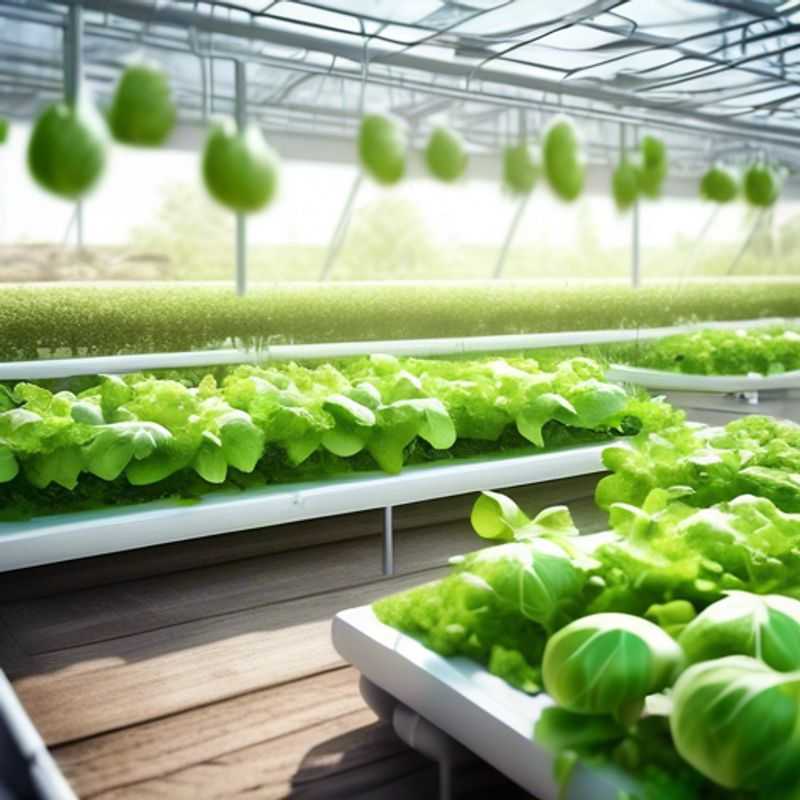
Get Acquainted: Equipment & Maintenance Essentials
Understanding the equipment and maintenance required for a particular task is crucial for success. This involves identifying the tools, machinery, or systems needed, along with the procedures for keeping them in optimal working condition. This knowledge is essential for safety, efficiency, and maximizing the lifespan of the equipment.
Regular maintenance is critical. This includes scheduled inspections, cleaning, lubrication, and replacement of worn-out parts. It’s important to adhere to manufacturer recommendations and industry best practices. Preventive maintenance can significantly reduce the risk of breakdowns and costly repairs.
The cost of maintenance can vary depending on the type of equipment, its complexity, and the frequency of maintenance. It’s important to factor in the cost of parts, labor, and any specialized services required. For complex systems, it may be cost-effective to hire a professional maintenance service.
Keeping detailed records of maintenance activities is essential. This includes dates, procedures performed, parts replaced, and any observed issues. This information is invaluable for tracking equipment performance, identifying potential problems early on, and planning future maintenance needs. Accurate records can also be crucial for warranty claims and insurance purposes.
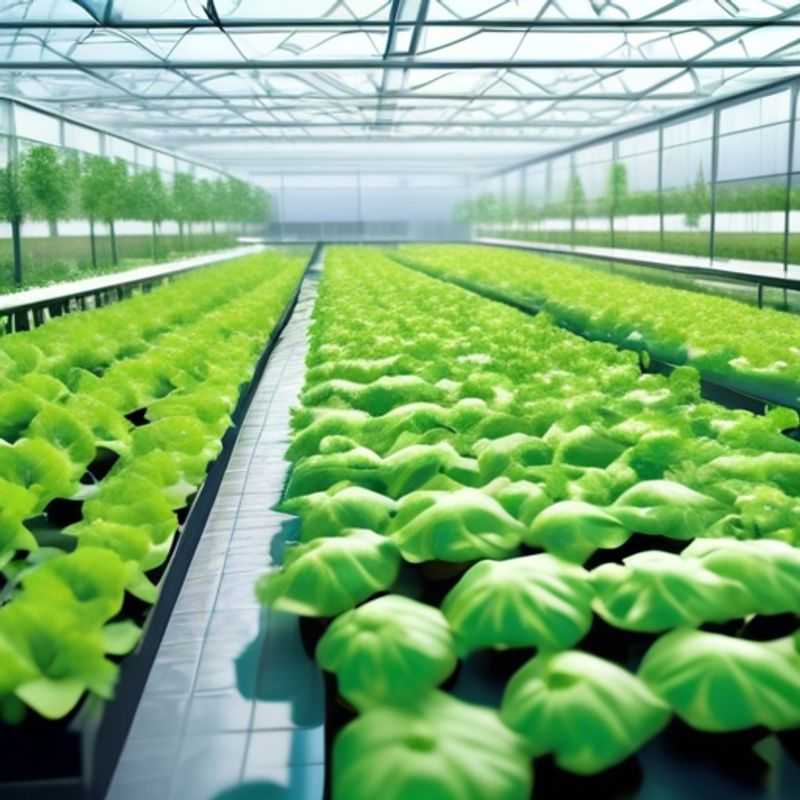
A System's Lifespan: The Importance of Monitoring and Adjustment
Regular monitoring and adjustments are crucial for any system's optimal performance. This involves actively tracking key metrics, analyzing data, and making necessary changes to maintain efficiency, security, and user satisfaction.
Effective monitoring includes establishing clear goals and metrics, choosing the right tools for data collection and analysis, and setting up automated alerts for potential issues. This proactive approach allows for early detection of problems and swift resolution, preventing larger disruptions.
Adjustments may involve software updates, hardware upgrades, or configuration changes. These changes should be carefully planned and implemented to minimize downtime and ensure smooth integration. Continuous feedback loops are vital for identifying areas needing improvement and ensuring ongoing optimization.
Implementing a robust monitoring and adjustment system requires investment in time and resources. Cost considerations might include software licenses, hardware maintenance, personnel training, and potential downtime expenses. However, the long-term benefits of increased efficiency, reduced downtime, and improved security often outweigh these initial costs.
In conclusion, a dedicated approach to monitoring and adjusting systems is essential for any organization seeking to maximize performance and minimize disruptions. This ongoing process requires careful planning, effective tools, and a commitment to continuous improvement.
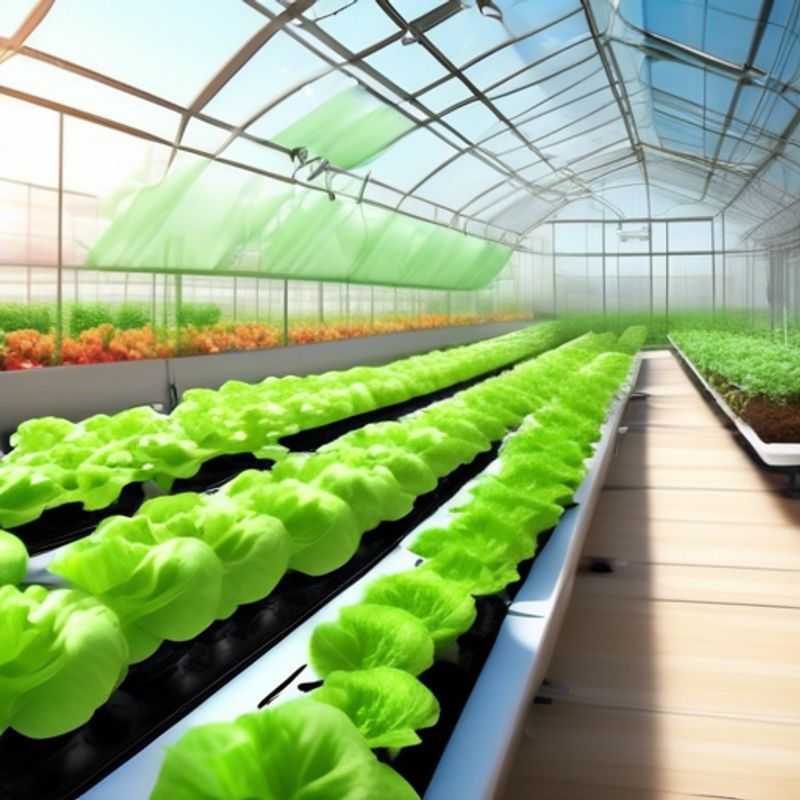
Hydroponic Gardening: Exploring the Potential and Pitfalls
Hydroponic gardening is a method of growing plants without soil, using a nutrient-rich solution. This method offers several benefits, including:
Increased yields: Hydroponic systems allow for precise control over nutrient levels, leading to faster growth and higher yields compared to traditional gardening.
Water conservation: Hydroponics uses significantly less water than traditional gardening, as the solution is reused and recycled.
Year-round growing: Hydroponic systems can be set up indoors, enabling year-round growth regardless of weather conditions.
Reduced pest and disease problems: Hydroponic environments are less susceptible to pests and diseases found in soil-based gardening.
However, hydroponic gardening also presents some challenges:
Initial setup costs: Setting up a hydroponic system can be expensive, requiring specialized equipment and materials.
Maintenance demands: Hydroponic systems require regular monitoring and adjustments to nutrient levels and water pH.
Technical knowledge: Understanding the technical aspects of hydroponics, such as nutrient solutions and pH control, is crucial for success.
Electricity dependence: Most hydroponic systems require electricity to operate pumps and lighting, making them reliant on a stable power supply.
Despite these challenges, hydroponic gardening offers a promising solution for growing food sustainably and efficiently. If you are considering this approach, it is crucial to carefully research the different system types and understand the associated costs and maintenance requirements before investing.
